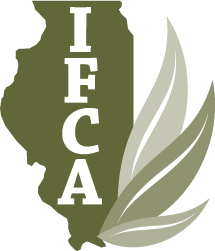Farmers are working to reduce nitrate levels, but some factors are out of their control
Five years ago, our Department of Agriculture partnered with Iowa State University, the Department of Natural Resources (DNR) and others to develop the Iowa Nutrient Reduction Strategy as a science-based model to guide our water quality efforts. Since that time, we have regularly reviewed the progress we’re making and identified ways to do even more to protect our natural resources.
Accurately measuring what’s happening in Iowa’s watersheds is complicated. We know – and numerous studies have shown – that many factors, such as soil type, landscape and weather can have a significant impact on surface water and nitrate levels.
Unfortunately, the water quality story in the June 24 edition of the Register focuses primarily on monitoring data and doesn’t address other key factors that must also be considered in water quality assessments. Even the authors of this current study, Chris Jones and Keith Schilling, conducted a study just three years ago that showed that weather is the highest correlation with nitrates, not farming. At the time, they told the Register that “nitrate trends can be tricky, subject to large swings brought on by drought or heavy rains.”
Click Here to read more.
